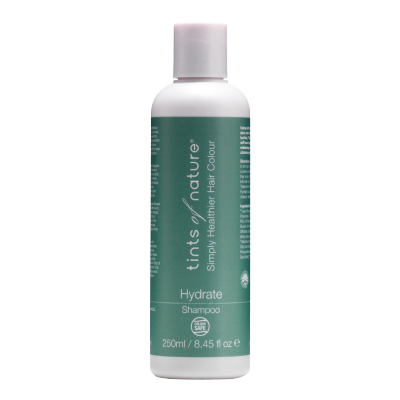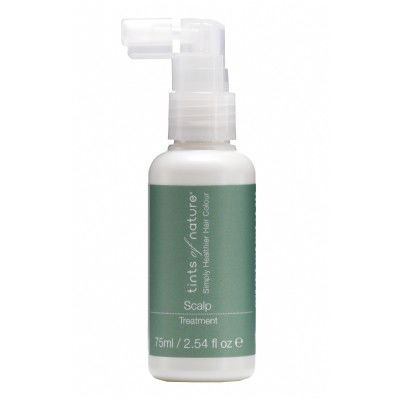
A brief history of chamomile
Chamomile is a gentle and unassuming herb that has been used in teas, skincare, haircare and as a general part of health and wellbeing throughout history. Both the Romans and Egyptians extolled its virtues medicinally and today natural beauty lovers continue to celebrate its plant power.
Here’s a brief history of chamomile and its wellbeing benefits:
- It’s said that the earliest recorded use of chamomile for medical purposes was in 1550 B.C.E. It featured in Eber's Papyrus - an Egyptian medical papyrus of herbal knowledge.
- The Greeks and Egyptians used crushed chamomile flowers to treat the skin conditions erythema and xerosis caused by dry, harsh weather (ref. ScienceDirect). It was also used to ease fever. The famous physician, Hippocrates even refers to it in his writings.
- In the 10th century, chamomile was recorded as one of the nine sacred herbs of the Lacnunga, an ancient Anglo-Saxon herbal manuscript.
- In Rome it was often used to treat headaches. Chamomile comes in two plant varieties: Roman and German. Roman chamomile was not actually cultivated by the Romans; it was discovered by a British botanist and cultivated in the 16th century and was first listed in the pharmacopoeia of Würtenberg as a carminative, painkiller, diuretic and digestive aid (ref. Wikipedia).
- German chamomile (Matricaria chamomilla) was used in ancient herbalism to treat cramps and sleep disorders related to premenstrual syndrome (ref Wikipedia).
- Chamomile tea has been steeped for hundreds of years. In the middle ages in Europe, it was used as a diuretic and a tonic to manage pain and fatigue.
- Today we continue to use chamomile in cookery, cosmetics, teas and skincare products. It’s especially well known for calming the nerves and soothing the skin.



